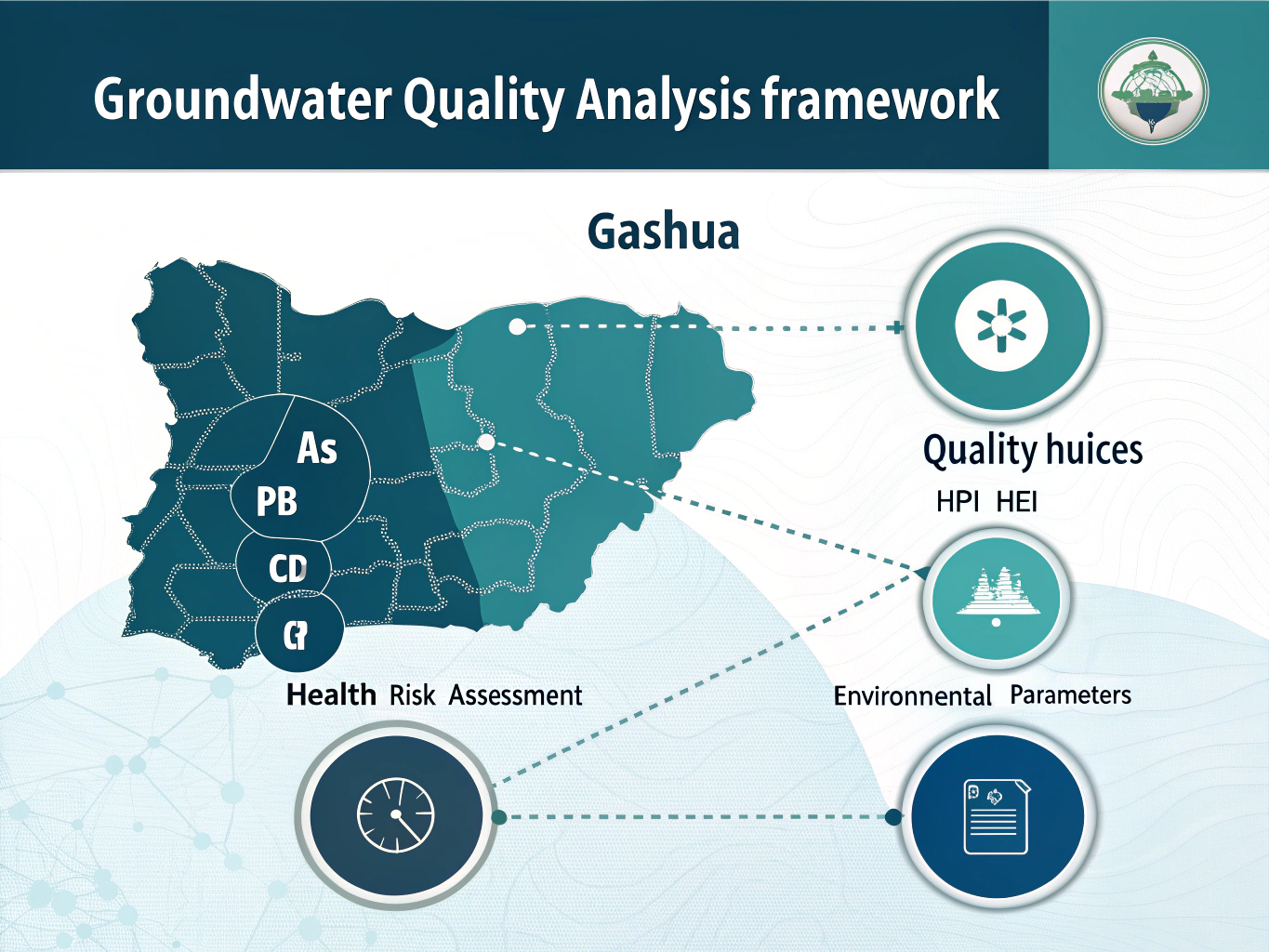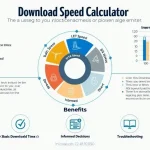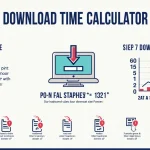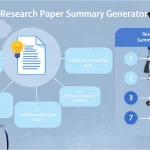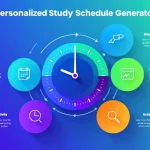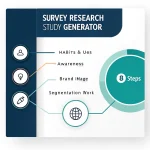Is this tool helpful?
How to Use the Groundwater Quality and Heavy Metal Analysis Framework Tool Effectively
To make the most of this comprehensive groundwater analysis framework generator, follow these steps for each input field:
1. Research Scope Definition
Enter specific aspects of groundwater quality and heavy metal contamination you want to analyze. Example inputs:
- “Assessment of seasonal variations in groundwater quality parameters and heavy metal distributions in shallow aquifers”
- “Evaluation of anthropogenic impacts on groundwater chemistry and contamination patterns in agricultural zones”
2. Location Details
Provide comprehensive information about your study area. Example inputs:
- “12.87°N, 11.04°E, semi-arid region with 150,000 inhabitants, characterized by alluvial deposits”
- “North-eastern Nigeria, annual rainfall 500mm, predominantly sandy-loam soil composition”
3. Heavy Metals Selection
Specify the heavy metals for analysis. Example inputs:
- “As, Pb, Cd, Cr, Cu, Zn, Fe, Mn, Hg, Co”
- “Fe, Mn, Zn, Cu, Pb, Cd, Ni, Co, Cr, As, Al”
Understanding Groundwater Quality Analysis Framework
This tool generates a comprehensive framework for analyzing groundwater quality and heavy metal contamination, incorporating multiple evaluation indices and risk assessment parameters. It synthesizes various analytical approaches into a cohesive research structure.
Key Components of Analysis
1. Heavy Metal Pollution Index (HPI)
The HPI provides a composite evaluation of heavy metal presence in water samples. The mathematical representation is:
Where:
- Wi = Unit weightage of ith parameter
- Qi = Sub-index of ith parameter
- n = Number of parameters considered
2. Heavy Metal Evaluation Index (HEI)
The HEI assesses the overall quality of water with respect to heavy metals:
Where:
- Hc = Monitored value of ith parameter
- Hmac = Maximum admissible concentration of ith parameter
Benefits of Using the Framework Generator
- Standardized approach to groundwater quality assessment
- Comprehensive integration of multiple evaluation indices
- Systematic organization of research parameters
- Time-efficient research planning
- Enhanced reproducibility of studies
- Structured approach to risk assessment
Practical Applications and Problem-Solving Capabilities
1. Water Quality Assessment
The framework enables comprehensive evaluation of water quality through:
- Integration of physicochemical parameters
- Heavy metal concentration analysis
- Correlation studies between different parameters
2. Health Risk Assessment
The tool incorporates health risk evaluation through:
Where:
- CDI = Chronic Daily Intake
- RfD = Reference Dose
- HQ = Hazard Quotient
- HI = Hazard Index
Case Studies and Example Applications
Example 1: Agricultural Zone Assessment
In an agricultural region with intensive farming practices:
- Heavy metals analyzed: Cd, Pb, Cr, Ni, Fe
- HPI calculated: 85.6 (indicating moderate pollution)
- HEI value: 12.3 (suggesting significant metal enrichment)
Example 2: Industrial Area Evaluation
For an industrial corridor with multiple manufacturing units:
- Metals studied: As, Hg, Pb, Cd, Zn
- Contamination Factor (CF) ranges: 2.5-4.8
- Degree of Contamination (Cd): 18.7
Frequently Asked Questions
Q: What types of water sources can be analyzed using this framework?
A: The framework is suitable for analyzing groundwater from various sources including wells, boreholes, springs, and aquifers. It can be adapted for different hydrogeological settings.
Q: How does the framework handle multiple sampling locations?
A: The tool can accommodate multiple sampling points by allowing you to organize and analyze data from different locations systematically, enabling spatial distribution analysis.
Q: Can seasonal variations be incorporated into the analysis?
A: Yes, the framework allows for temporal analysis by incorporating seasonal data collection and comparison of water quality parameters across different seasons.
Q: How does the tool handle different regulatory standards?
A: The framework can be customized to incorporate various regulatory standards including WHO guidelines, EPA standards, or local regulatory requirements.
Q: Is the framework suitable for longitudinal studies?
A: Yes, the tool is designed to accommodate long-term studies by allowing trend analysis and temporal variation assessment of water quality parameters.
Q: Can the framework integrate with GIS data?
A: The generated framework is compatible with GIS integration, allowing for spatial analysis and mapping of contamination patterns.
Important Disclaimer
The calculations, results, and content provided by our tools are not guaranteed to be accurate, complete, or reliable. Users are responsible for verifying and interpreting the results. Our content and tools may contain errors, biases, or inconsistencies. We reserve the right to save inputs and outputs from our tools for the purposes of error debugging, bias identification, and performance improvement. External companies providing AI models used in our tools may also save and process data in accordance with their own policies. By using our tools, you consent to this data collection and processing. We reserve the right to limit the usage of our tools based on current usability factors. By using our tools, you acknowledge that you have read, understood, and agreed to this disclaimer. You accept the inherent risks and limitations associated with the use of our tools and services.
